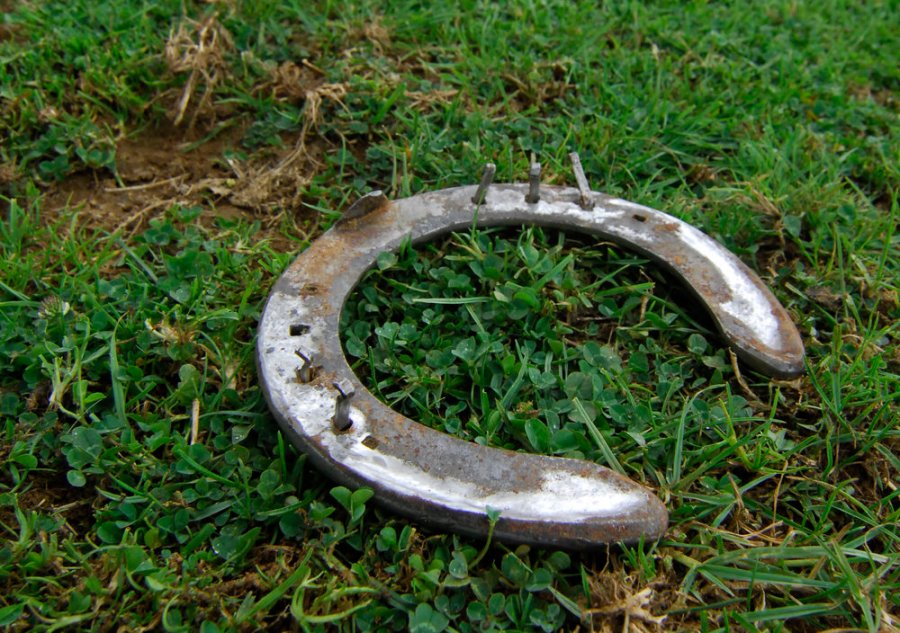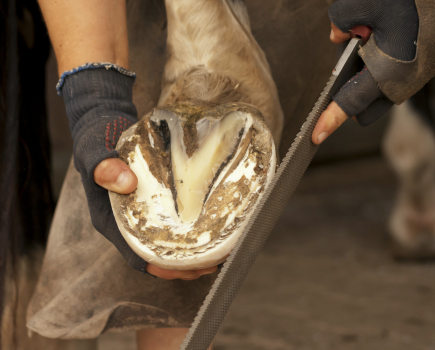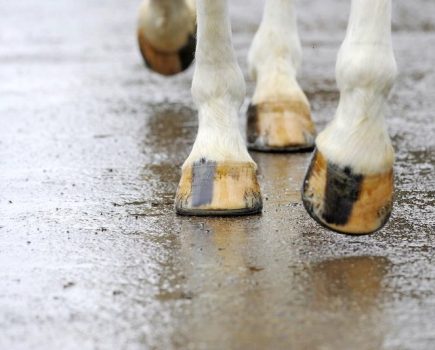We’ve all been there. On a hack, miles from home, but your horse side-steps and catches a shoe, pulling it off. Or being dragged in from the field on the morning of a show with only three shoes on his feet.
Frustrating, yes, but you’ll have heard the saying, ‘no foot, no horse’. Even small injuries and puncture wounds can lead to lameness and long-term problems. However, sometimes when you notice something isn’t quite right with your horse’s feet it can be difficult to know what to do.
Farrier Phil Hodgson explains what to do if you find yourself caught up in one of the more common hoof-related emergency situations.
1 A twisted shoe
If your horse’s shoe gets loose and becomes twisted it can be very dangerous. Your horse could step on a nail and injure himself further.
So, it’s a good idea for owners to know how to safely remove a shoe themselves.
Most farriers will show you how to do this on your own horse in case of an emergency. You can buy shoe removal tools from equestrian retail outlets.
If possible, leave your horse where he is with someone holding him to keep him calm. If you can, remove the shoe yourself.
It may be advisable for your vet to check your horse over afterwards to ensure the shoe hasn’t punctured the hoof already.
If you can’t remove the shoe yourself, call your farrier or vet immediately.
2 Puncture wounds
You should call your vet straight away with puncture wounds, as these can be very serious depending on the location and you can tell how deep it is.
If you can see the foreign body, leave it where it is – once it’s removed it will be difficult to find the puncture site.
Clean the foot thoroughly with anti-bacterial wash, pack and bandage the foot and, if possible, put your horse in a clean, dry stable until the vet arrives.
3 Foot abscess
If you suspect a foot abscess your first point of call should be your farrier. Chances are your foot will be extremely lame – often unwilling to put his painful hoof on the floor.
Your farrier will use hoof testers to locate the site of the abscess and drain it.
Your farrier can then advise you of the severity of the abscess, what to do — for example poulticing, as above — and whether to also contact your vet for advice and pain relief.
Your Horse’s First Aid Week is brought to you in partnership with Absorbine









